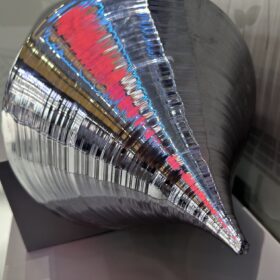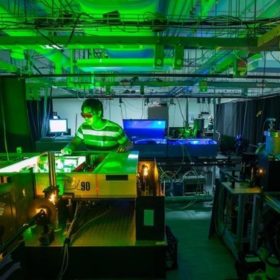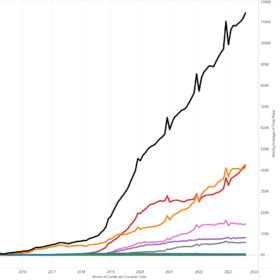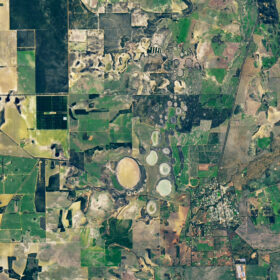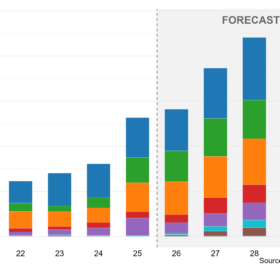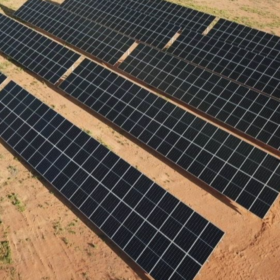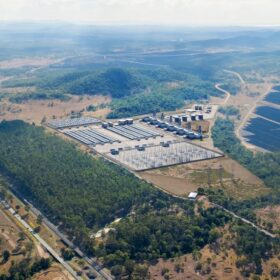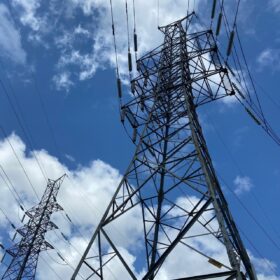Indian scientists making high-purity polysilicon ingots from recyled PV cells
Indian scientists have produced high-purity polysilicon ingots from recycled solar cells using “spark plasma sintering” (SPS), and claim they may achieve a purity level comparable to commercially available products.
How long do residential solar batteries last?
Multiple factors affect the lifespan of residential battery energy storage systems. We look at the lifespans of batteries in the third part of this series.
PV near railway tracks is technically feasible, researchers claim
Despite soiling and mechanical stress, PV deployed between or close to rail tracks is not just a crazy idea, states an Australian-Bangladeshi research group. The scientists conducted a techno-economic analysis on a 128 kW demonstrator and found it may achieve a levelised cost of energy of only USD 0.052/kWh ($0.080/kWh).
UNSW team make discovery they say could push solar’s efficiency limit beyond 40%
UNSW researchers have found a new approach to photochemical upconversion, which involves converting low light particles into higher-energy light particles. The discovery has potential to unlock innovations in renewable energy, particularly solar, with the team flagging it could raise the efficiency limit of solar devices from 33.7% to 40% or beyond.
Three steps to reduce battery storage fire risk
Lithium-ion batteries are generally safe and unlikely to fail, but they can catch fire if damaged, stored, or operated incorrectly. With calls mounting for development of engineering good practice, US-based Firetrace International suggests three steps that battery manufacturers, developers and operators should take into account.
New figures provide clarity on solar module glut, ‘dumping’ prices
German PV analyst Karl-Heinz Remmers looks at current price trends in the global and European PV industry. The figures he provides could explain how overcapacity and warehouses full of PV modules are affecting market prices.
Report exposes Australia’s biggest fossil fuel subsidy and how mining industry could be better served
A new report by Climate Energy Finance has revealed Australia’s diesel Fuel Tax Credit Scheme disincentivises growth in future industries and will cost taxpayers $37 billion (USD 23.8b) in lost tax revenue by 2030. The report also illustrates how capping these rebates represents a multifaceted advantage for Australian manufacturing of low and zero-emission mining vehicles.
Australia’s large-scale segment stagnates
The figures for large-scale certificates registrations across most of Australia this year are dismal, despite the nation adopting a far brighter policy landscape. “There’s a very large discrepancy between rhetoric and what’s actually occurring,” Sunwiz managing director Warwick Johnston tells pv magazine.
How to build, finance product stewardship scheme for solar panels
Researchers in Australia have provided a series of recommendations to set up regulatory frameworks for PV module recycling and reuse. They said that, as a rule of thumb, landfill bans, tracking of the panels’ serial numbers, and a clear definition of ownership should always be included in the legislation for end-of-life solar products.
NASA pictures hydrogen-emitting ‘fairy circles’ in WA
NASA has released an image of “fairy circle” clusters in the North Perth Basin of Western Australia, noting the formations have been discovered to naturally seep hydrogen gas from their perimeters.
